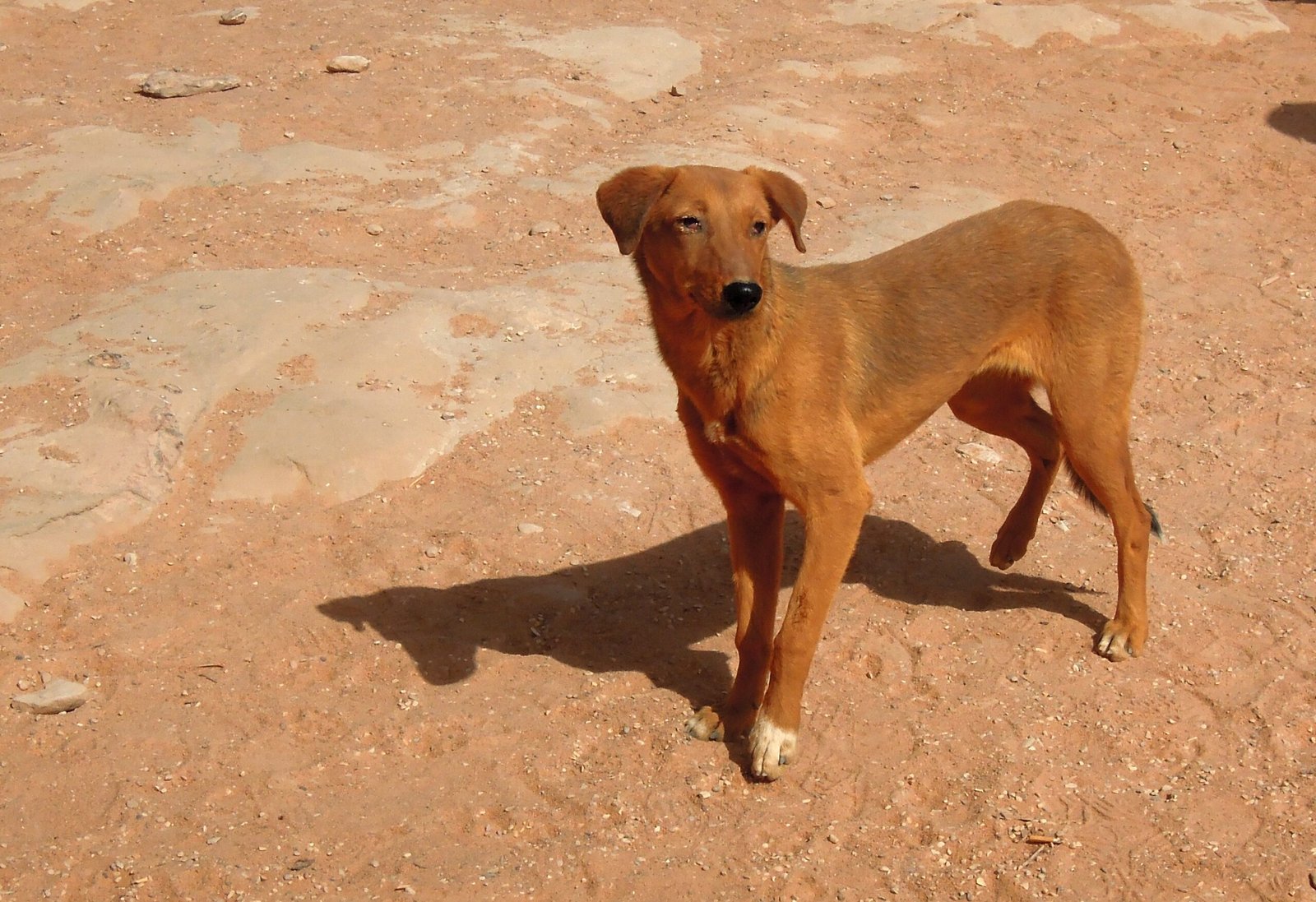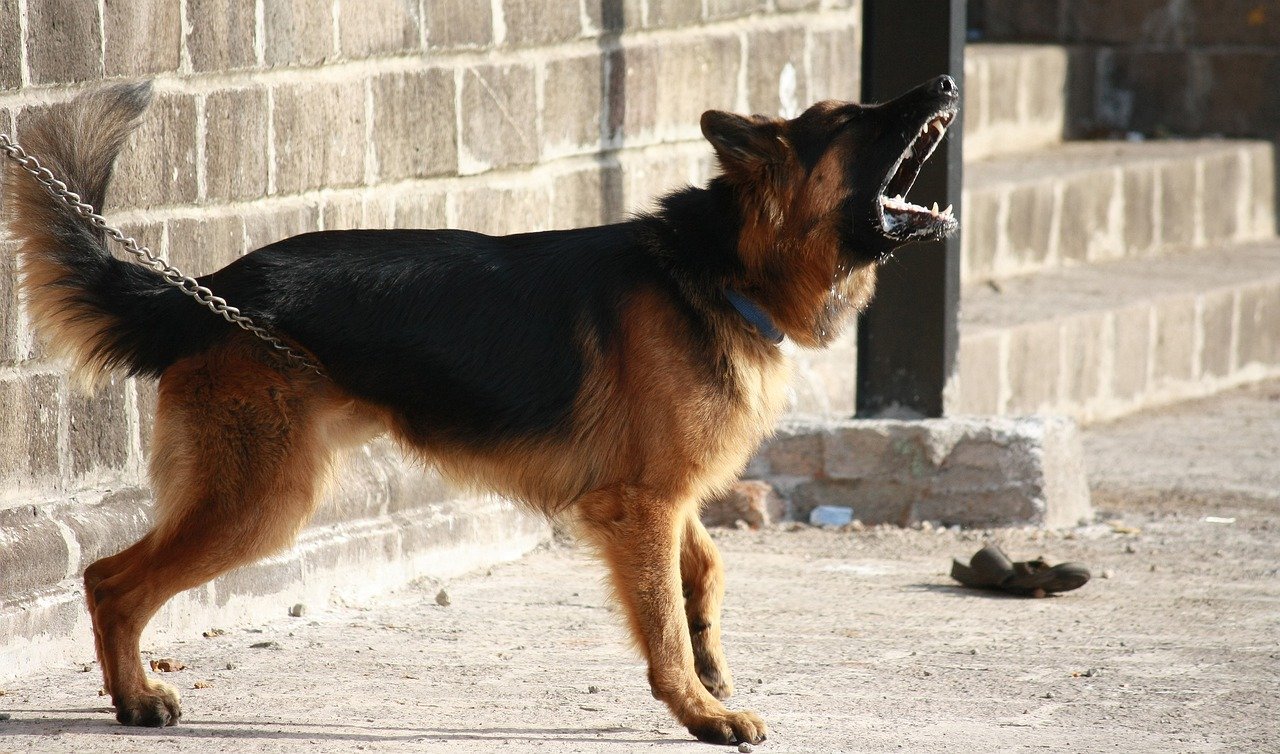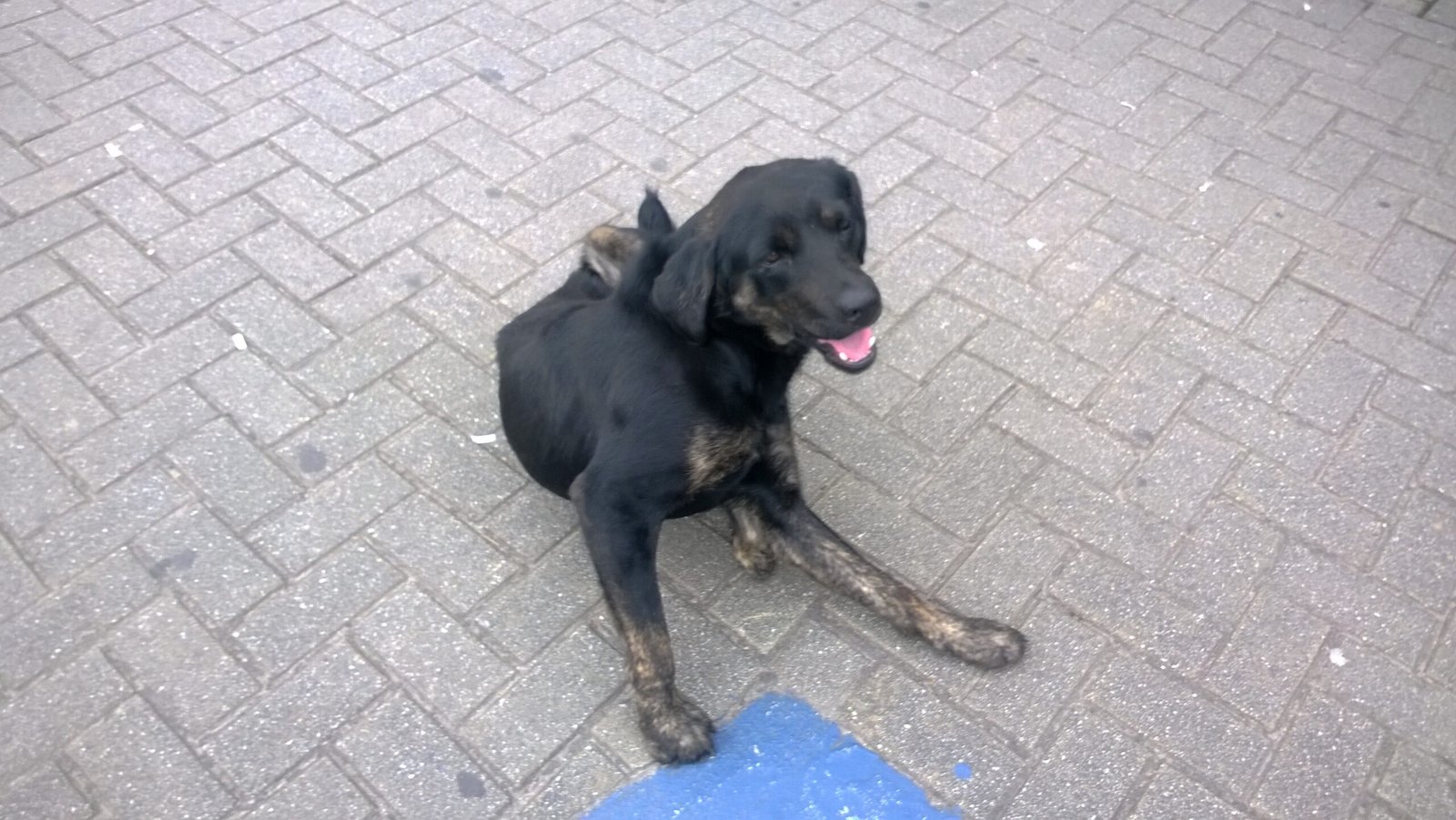Sometimes, the most common behaviors our dogs show can actually be silent cries for help. One big red flag? Excessive licking—especially of their paws or the air. It’s easy to shrug it off as quirky, but constant licking often signals stress, boredom, allergies, or even pain. Dogs can’t speak our language, so they use habits like this to tell us something’s wrong. Paying attention to these subtle signs helps you catch health or emotional issues early. Your pup depends on you to notice the difference between a cute habit and a hidden struggle. So, next time your dog starts licking nonstop, don’t ignore it—it could be their way of asking you to help them feel better.
Repeated Licking: More Than Just a Habit
If your dog is constantly licking—whether it’s their paws, the floor, or even the air—it’s not always about cleanliness. This repetitive action often gets dismissed as a quirky canine trait, but it’s actually one of the biggest red flags in canine behavior. Dogs lick to self-soothe, especially when they’re feeling anxious, uncomfortable, or even in pain. Just like people might bite their nails when nervous, dogs use licking to cope with stress. I once caught my own pup obsessively licking his front paw after a stressful move, and it turned out he had developed a mild skin infection from all that licking. If you see your dog doing this day in and day out, it’s a big, waving flag—they’re asking for help, and it shouldn’t be ignored.
Restlessness and Pacing: The Invisible Agitation

Have you noticed your dog wandering aimlessly around the house, never settling in one spot? Restlessness can be a silent scream. Dogs that pace or can’t seem to relax are often experiencing underlying discomfort—either physical pain, emotional stress, or a combination of both. This is especially true if your once-calm pooch is suddenly on the move at all hours. It’s as if their bed has become a pile of needles, or their thoughts are too loud to let them rest. Think of it like a person who can’t sit still when worried; your dog is showing you their unease with every restless lap around the living room.
Withdrawing from the Family: A Lonely Signal
When a social butterfly suddenly becomes a wallflower, something’s up. Dogs are pack animals, and they crave connection. If your dog is isolating themselves, hiding under furniture, or avoiding family members, it’s not just an odd phase. Withdrawal is often a sign of sadness, illness, or depression in dogs. Imagine if your best friend stopped texting you back for days on end—you’d know something was wrong. It’s the same for dogs. When they start to disappear from the family circle, they’re waving a quiet, desperate flag for attention and help.
Excessive Barking or Whining: The Loud Plea

Sometimes the cry for help isn’t subtle at all—it’s loud and impossible to ignore. If your dog has ramped up their barking, whining, or howling, especially when you’re away or at night, it’s not just about being vocal. Dogs use their voices to communicate discomfort, loneliness, or anxiety. This is especially true for pups with separation anxiety or those in pain. Imagine being stuck in a room and shouting for help, only to have no one listen. That’s how your dog feels when their increased vocalizations go unaddressed.
Sudden Changes in Appetite: The Silent Scream
A dog that suddenly loses interest in food or, conversely, starts devouring everything in sight, is giving you a huge hint. Appetite changes are often the body’s way of signaling something’s wrong. Whether it’s stress, illness, or even dental pain, food avoidance or compulsive eating is never just about being picky. I’ll never forget the time my dog, who loved breakfast, started leaving his bowl untouched. A quick vet visit later, we discovered he was suffering from a mild digestive issue. Dogs can’t tell you directly that they’re hurting, but their eating habits speak volumes.
Destructive Behavior: The Unseen Distress

Chewed-up shoes, shredded pillows, and destroyed furniture aren’t just signs of a naughty dog. Destructive behavior often comes from anxiety, boredom, or emotional distress. Dogs act out because they don’t know how else to handle their feelings. It’s like a toddler throwing a tantrum when overwhelmed. If your normally gentle dog is suddenly turning your home upside down, they’re not just being mischievous—they’re crying out for help in the only way they know how.
Excessive Sleeping or Lethargy: More Than Just Being Lazy

Every dog loves a good nap, but when your pup is sleeping more than usual or seems uninterested in playtime, it’s worth paying attention. Lethargy can signal anything from depression and anxiety to physical illness. Dogs who are down or in pain will often try to sleep it off, hoping to escape whatever is bothering them. If your dog who once adored fetch now can’t muster the energy for a walk, their daily sleepiness is a subtle but serious plea for help.
Constant Panting or Shaking: The Physical Clues
Panting is normal after a run, but if your dog is panting or shaking for no apparent reason, it’s a sign something deeper is going on. This could be anxiety, pain, or even an underlying health issue like heart disease. Imagine feeling so anxious that you can’t catch your breath or your body won’t stop trembling. Dogs express their discomfort with these physical signs—don’t ignore them. It’s their way of telling you, without words, that they’re not okay.
Unusual Aggression or Irritability: The Surprising Reaction
If your sweet, gentle dog suddenly snaps, growls, or acts aggressively, it’s not always about a bad mood. Sudden aggression is often a sign of pain, fear, or deep-seated anxiety. Dogs may lash out when they’re scared or hurting, even if that’s not their usual personality. It’s as if they’re saying, “Please, something’s wrong—I need help.” Don’t brush off these changes as bad behavior; it’s an urgent message that something’s off.
Excessive Scratching or Biting: Itchy for a Reason

Dogs scratch and bite themselves from time to time, but when it becomes constant, it’s more than just an itch. Allergies, skin infections, or even emotional issues can cause this behavior. Imagine how frustrating it would be to have an itch you just couldn’t scratch away. Dogs who are constantly scratching or biting at themselves are showing you that their comfort is gone. This daily behavior is another cry for help, whether the problem is physical or emotional.
Conclusion
Every dog has their own way of saying, “I need you.” The number one thing your dog does daily that’s a cry for help can take many forms, from licking and pacing to sleeping too much or acting out. As dog lovers, it’s our job to tune in to these subtle (and sometimes not-so-subtle) signals. The next time your furry friend behaves a little differently, ask yourself—could this be their way of reaching out for help? What would you have guessed was their biggest cry for help?

Born and bred in South Africa, a Capetonian at heart. Amy-Leigh’s love for nature and animals was inherited from her Dad. He loves taking the family on road trips to experience nature at its finest; Amy-Leigh’s favourite being whale watching in Hermanus and spotting Kudu along the West Coast. Amy-Leigh holds a BA in English Literature and Communication Studies.





